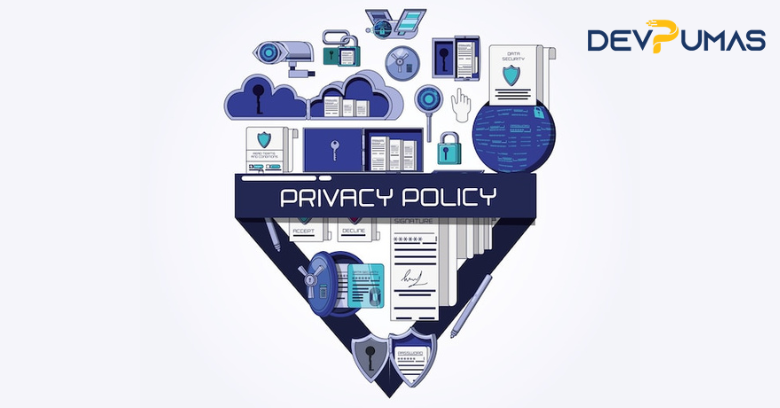Why Python Remains Popular in Data Science
Introduction Python has become synonymous with data science. While newer languages and tools have emerged in recent years, Python continues to dominate the field, offering unparalleled versatility, an extensive library ecosystem, and unmatched community support. But why has Python retained its crown as the go-to language for data scientists? This article explores why Python remains popular in data science, delving into its features, benefits, and real-world applications that make it indispensable for data professionals. Whether you’re a beginner exploring the world of data science or a seasoned professional, understanding Python’s staying power sheds light on its continued relevance and dominance in a rapidly evolving industry. 1. The Versatility of Python in Data Science One of the primary reasons why Python remains popular in data science is its versatility. Python is a general-purpose programming language that adapts well to various tasks, making it ideal for data preprocessing, analysis, and visualization. Its seamless integration across different domains, including statistics, machine learning, and deep learning, allows data scientists to use a single tool for diverse workflows. Key Features Highlighting Python’s Versatility: Dynamic Typing: Developers can write flexible, adaptive code without being bogged down by rigid type declarations. Cross-Platform Compatibility: Python works on Windows, macOS, Linux, and even mobile platforms, ensuring accessibility across environments. Application Beyond Data Science: Python is not just for data science—it excels in web development, automation, and scripting, making it a one-size-fits-all language. Python’s adaptability ensures it remains relevant, even as data science practices and technologies evolve. 2. Extensive Library and Framework Ecosystem Python’s expansive library ecosystem is perhaps its greatest asset, solidifying its role as a data science powerhouse. Libraries like Pandas, NumPy, and SciPy enable data manipulation and statistical analysis, while visualization tools such as Matplotlib and Seaborn simplify data exploration. Popular Python Libraries for Data Science: Pandas: For data manipulation and analysis, providing data structures like DataFrames. NumPy: A fundamental library for numerical computing, ideal for working with arrays. Scikit-learn: A machine learning library for building predictive models with ease. TensorFlow and PyTorch: For deep learning and neural network implementations. Matplotlib and Seaborn: Tools for creating visually appealing data visualizations. These libraries save time and effort by offering pre-built solutions to common problems, enabling data scientists to focus on problem-solving rather than reinventing the wheel. 3. Python’s Role in Machine Learning and AI Python dominates the fields of machine learning and AI, cementing its position as a data science staple. The language’s simplicity, combined with powerful libraries like TensorFlow, PyTorch, and Keras, makes it the preferred choice for developing machine learning models. Reasons Python Excels in AI and Machine Learning: Framework Support: Python’s machine learning frameworks streamline the training, tuning, and deployment of complex models. Integration with AI Libraries: Python integrates seamlessly with AI-focused libraries like OpenCV for computer vision and NLTK for natural language processing. Experimentation-Friendly: Python’s syntax and flexibility support rapid prototyping, crucial in research-heavy fields like AI. From sentiment analysis to self-driving cars, Python is at the core of groundbreaking AI innovations. 4. Community Support and Learning Resources A robust community is another reason why Python remains popular in data science. Python has one of the largest and most active developer communities globally. This network creates a wealth of resources, tutorials, and forums that cater to data science enthusiasts. Community-Driven Benefits of Python: Open-Source Development: Continuous contributions from the community ensure Python’s libraries remain updated and reliable. Extensive Documentation: Libraries like Pandas and Scikit-learn come with detailed guides, making them easy to learn and implement. Q&A Forums: Platforms like Stack Overflow provide quick solutions to coding challenges. Beginner-Friendly Courses: MOOCs and platforms like Coursera, Udemy, and Kaggle offer beginner to advanced Python courses tailored for data science. Python’s accessibility makes it an excellent starting point for aspiring data scientists, contributing to its sustained popularity. 6. Ease of Use and Readability Python’s intuitive syntax and readability make it an ideal language for data science. Developers can write clean, concise code, which enhances productivity and collaboration within teams. Advantages of Python’s Simplicity: Readable Syntax: Python code closely resembles natural language, making it accessible to non-programmers. Reduced Learning Curve: Beginners can quickly grasp Python basics and start working on data analysis projects. Less Boilerplate Code: Python’s minimalist approach reduces unnecessary complexity, allowing developers to focus on logic. Python’s simplicity is particularly valuable in data science, where clarity and precision are critical. 7. Comparison with Emerging Tools and Languages Despite its dominance, Python faces competition from emerging languages like Julia, R, and Scala. However, Python retains its edge due to its versatility and ecosystem. Python vs. Julia: Julia offers faster execution speeds for numerical computing but lacks Python’s extensive libraries and community support. Python vs. R: R excels in statistical analysis and visualization but struggles with general-purpose tasks, where Python thrives. Python vs. Scala: Scala’s integration with Apache Spark makes it powerful for big data, but Python’s simplicity and versatility give it a broader appeal. Python’s ability to balance speed, usability, and functionality ensures its relevance, even in a competitive landscape. 8. Future of Python in Data Science Python’s future in data science looks bright. Its adaptability and ongoing development ensure it will remain relevant as new technologies emerge. Innovations in quantum computing, edge AI, and real-time analytics are likely to expand Python’s capabilities further. What’s Next for Python in Data Science: Better Performance: Efforts like PyPy and JIT compilers aim to improve Python’s execution speed. Enhanced AI Tools: Libraries like Hugging Face Transformers are pushing the boundaries of Python’s AI applications. Integration with Emerging Technologies: Python’s compatibility with IoT, quantum computing, and blockchain ensures its continued relevance. As Python evolves, its dominance in data science is expected to grow stronger.
Why Python Remains Popular in Data Science Read More »






